Golden Ring of Russia, Kostroma
Kostroma, an ancient Russian city, is situated 344 kilometres from Moscow on both banks of the Volga River. Kostroma is a part of the Golden Ring of Russia: only about ten cities, which have preserved the most unique historic and architectural monuments, are included in this tourist route.

Having been founded in 1152, the city of Kostroma is almost the same age as Moscow (the year of its foundation is 1147). For many centuries the city was at the centre of events and even was the capital of an independent principality. There were always battles for ownership of Kostroma, including those between Russian kniazes (‘princes' or ‘dukes') who wanted to rule this city. During the 13th — 14th centuries several fortified monasteries were built here. One of them is the Holy Trinity Ipatyevsky Monastery.

Since its foundation, the monastery was a very important outpost on the northeastern frontier of Russia. The history of the cloister is associated with the names of great Russian kniazes, such as Vasily Yaroslavich (Vasily of Kostroma), Dmitry Donskoy (Dmitry of the Don), Vasily Tyomniy (Vasily the Blind), and Russian tsars: Ivan the Terrible, Fyodor Ivanovich, and Boris Godunov. Sometimes the monastery is called ‘The cradle of the Romanov Dynasty': in 1613, it was where young Mikhail Romanov found refuge and later was crowned. Thus the period of the Time of Troubles, full of national, economic, and social problems, ended exactly within the walls of the Holy Trinity Ipatyevsky Monastery.

The first temples and walls of this abode were made of wood. But even those later constructions made of stone didn't remain to today. For example, in 1649 the explosion of gunpowder, which was stored in its basement, destroyed the Trinity Cathedral of the monastery. The further building of the Trinity Cathedral continued through 1652; and in the years that followed, as any other object of the monastery, it was being constantly rebuilt.

In 1919 the monastery was closed. Until 1958 its buildings were used for different purposes of the Soviet State, beginning with living accommodations and ending with exhibition halls. Nowadays the Holy Trinity Ipatyevsky Monastery functions again. Besides the main building of the Trinity Cathedral with a bell turret, there are the Bishops' building (18th century), the Chambers of the Romanov Boyars (16th -19th centuries), the walls and towers built in the 16th-17th centuries, and a lot of other structures, which are interesting due to their religious, cultural, and historical meaning.

The Holy Trinity Ipatyevsky Monastery is not the only landmark of Kostroma. The main square of the city bears the name Susaninskaya, but due to its form people often call it ‘Skovorodka' (Russian for ‘frying pan'). Several streets radiate from here in a manner resembling a fan. According to a legend, Catherine the Great threw her fan on the map of the city and told architects to take it into account when designing the street plan for Kostroma.

There is a 35-metre-tall fire-observation watchtower in this square, which is the great landmark of the city. It was constructed in 1827 at a time when 80% of the buildings in Kostroma were made of wood and suffered continuous fires. The tower, designed in later classicism, following the model of an antique temple with a portico, turned out so well that the emperor Nicolas I admired it. When visiting the city in 1834 he said, "Even in Saint Petersburg I do not have anything like that!" So since then it has been considered to be the best fire tower in Russia.

To the south of the square, in the direction of the Volga River, there is a Trade Quarter consisting of several streets. This is the unique monument of urban planning of the 18th — 19th centuries. There are numerous shops, trade galleries, and a temple in the Trade Quarter.

Previously, on a hill on the left bank of the Volga River, there was a kremlin fortress, like in any other Russian city. Within its walls there was The Uspensky Cathedral, which was built during the reign of Ivan the Terrible (in the middle of the 16th century) and was the first stone edifice in the city of Kostroma.

Unfortunately, the majority of significant buildings of the Kostroma's kremlin fortress were destroyed during the Soviet period. We can learn something about them only from the research of historians and archaeologists. However, Kostroma has preserved its charm of old times as well as many great historical monuments. Our panoramas will give you the opportunity to visit this beautiful ancient town.
Photos by Stas Sedov and Sergey Shandin
Read more
Photogallery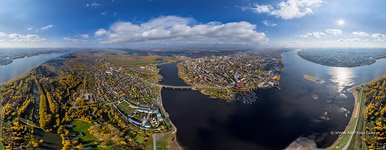 Kostroma #8
Kostroma #8
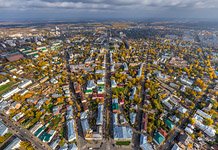 Kostroma #7
Kostroma #7
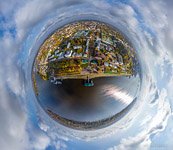 Kostroma #12
Kostroma #12
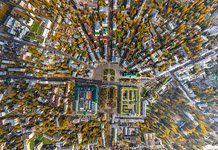 Above the Susaninskaya square #1
Above the Susaninskaya square #1
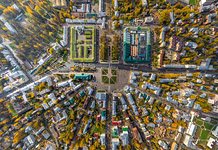 Above the Susaninskaya square #2
Above the Susaninskaya square #2
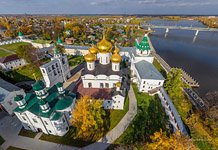 Ipatiev Monastery #2
Ipatiev Monastery #2
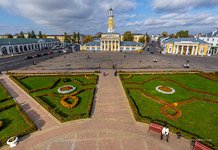 Susaninskaya square #2
Susaninskaya square #2
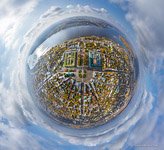 Above the Susaninskaya square #5
Above the Susaninskaya square #5
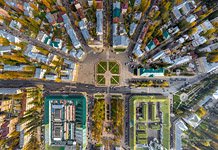 Above the Susaninskaya square #4
Above the Susaninskaya square #4
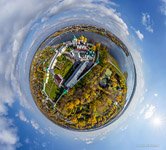 Ipatiev Monastery #3
Ipatiev Monastery #3
 Kostroma #1
Kostroma #1
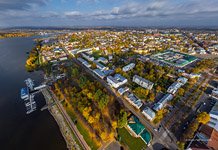 Kostroma #4
Kostroma #4

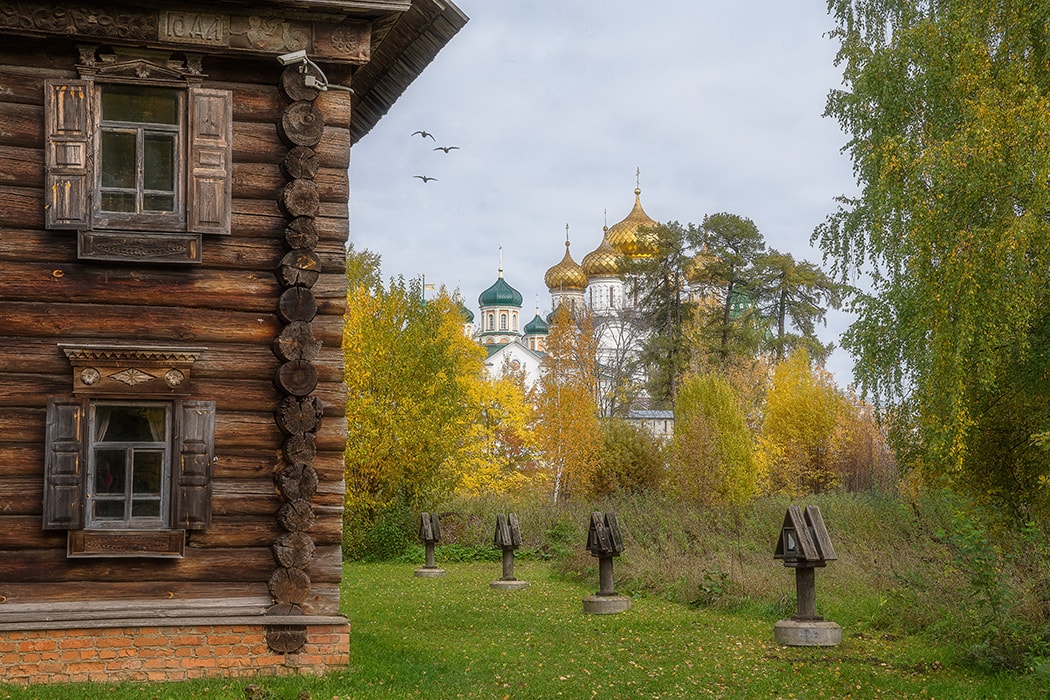

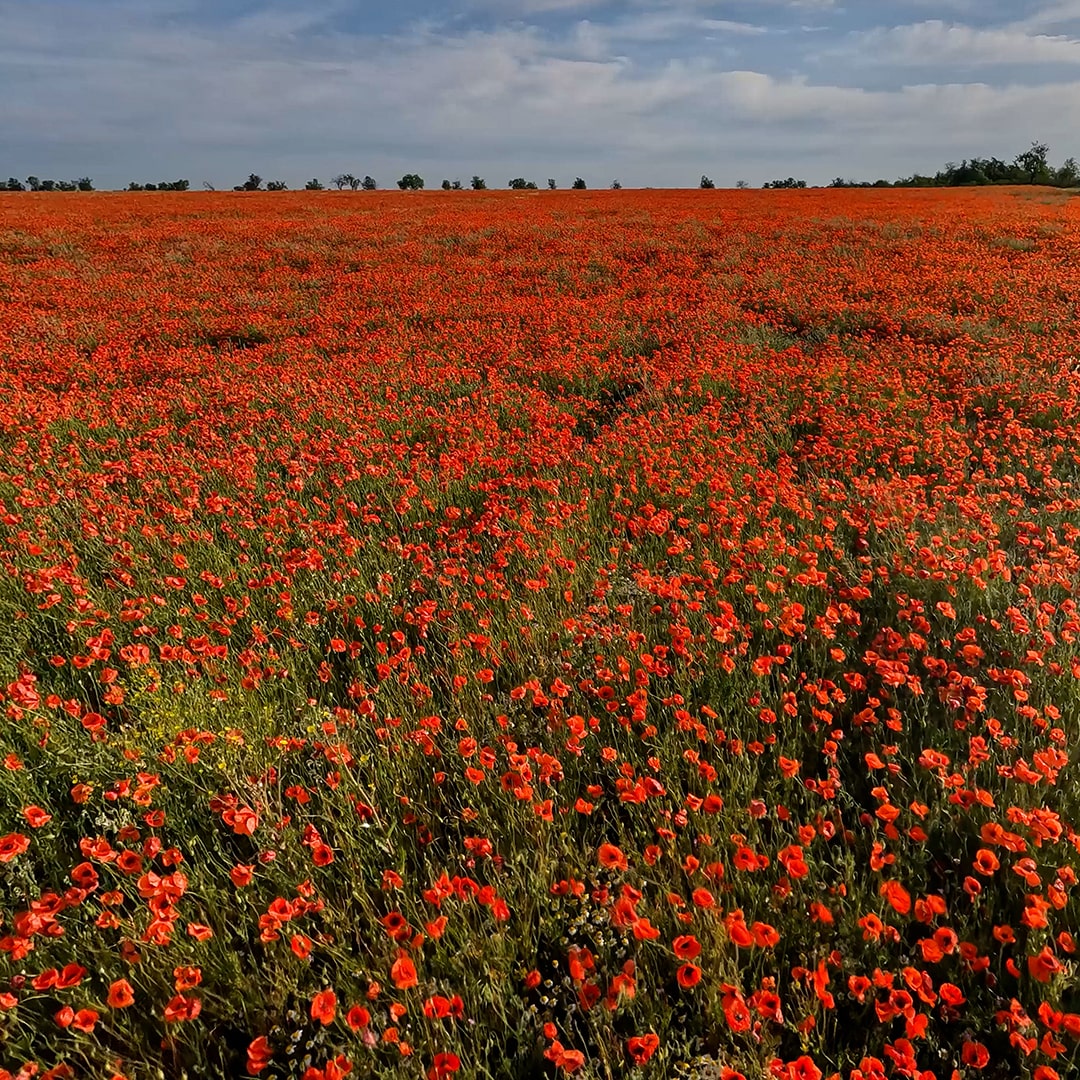

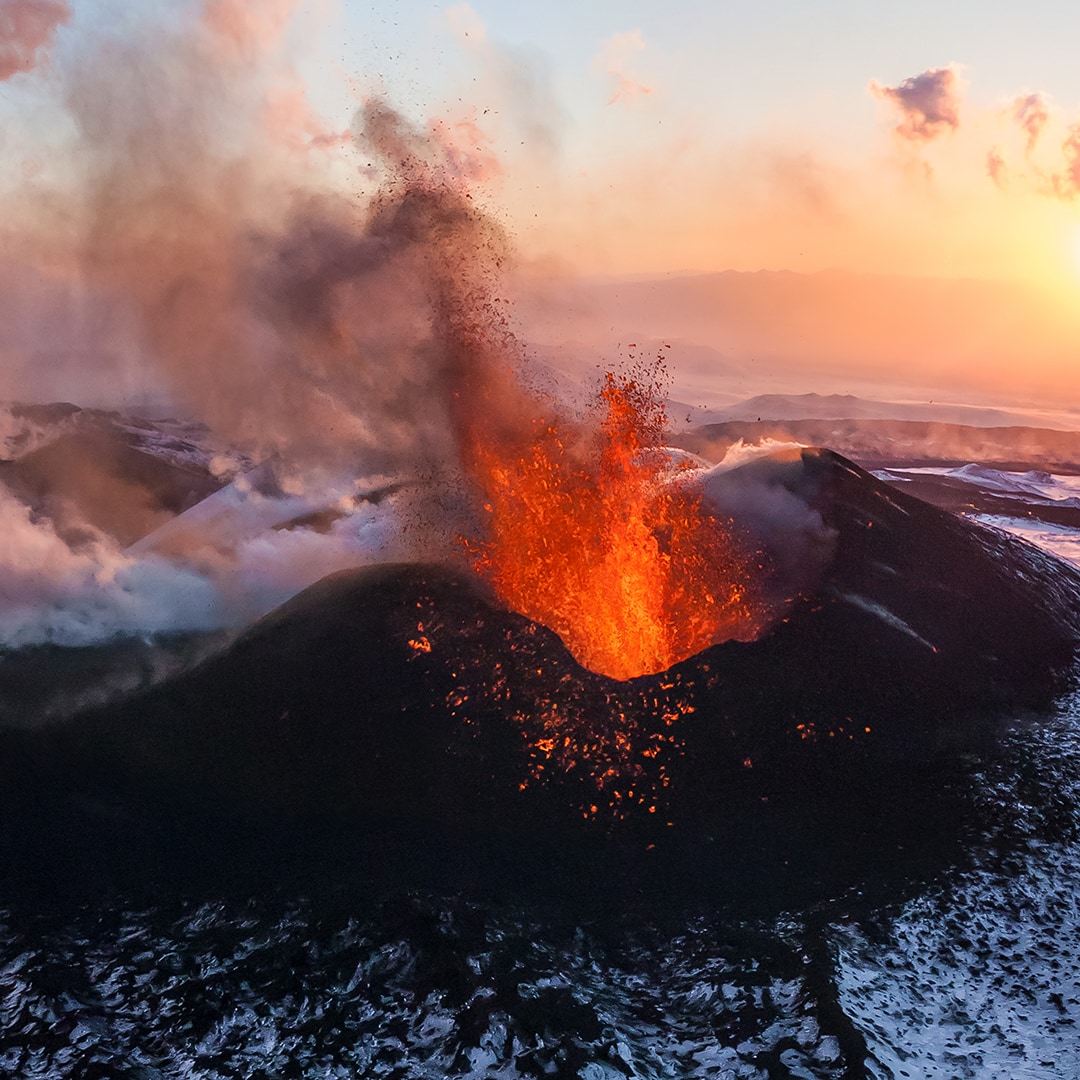

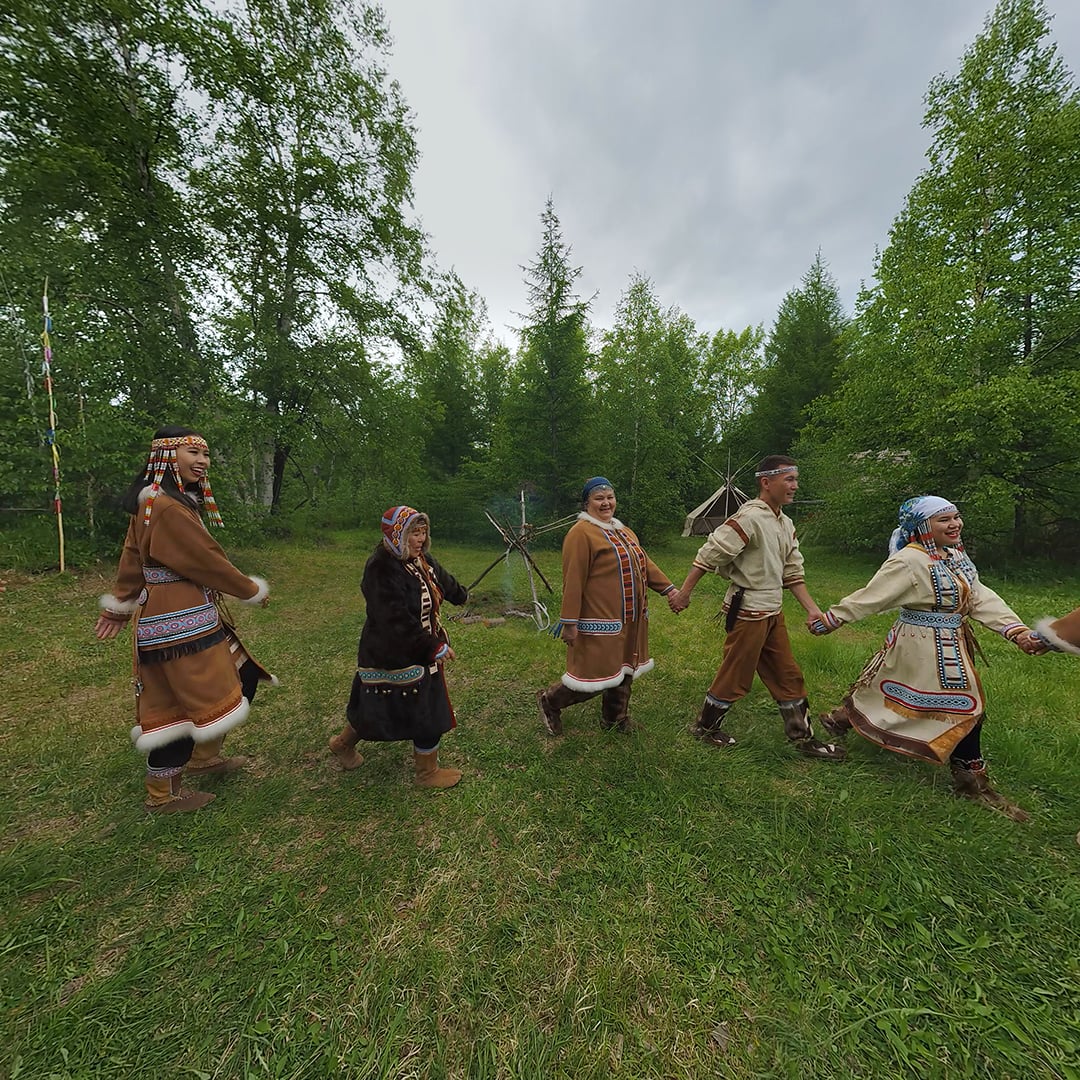

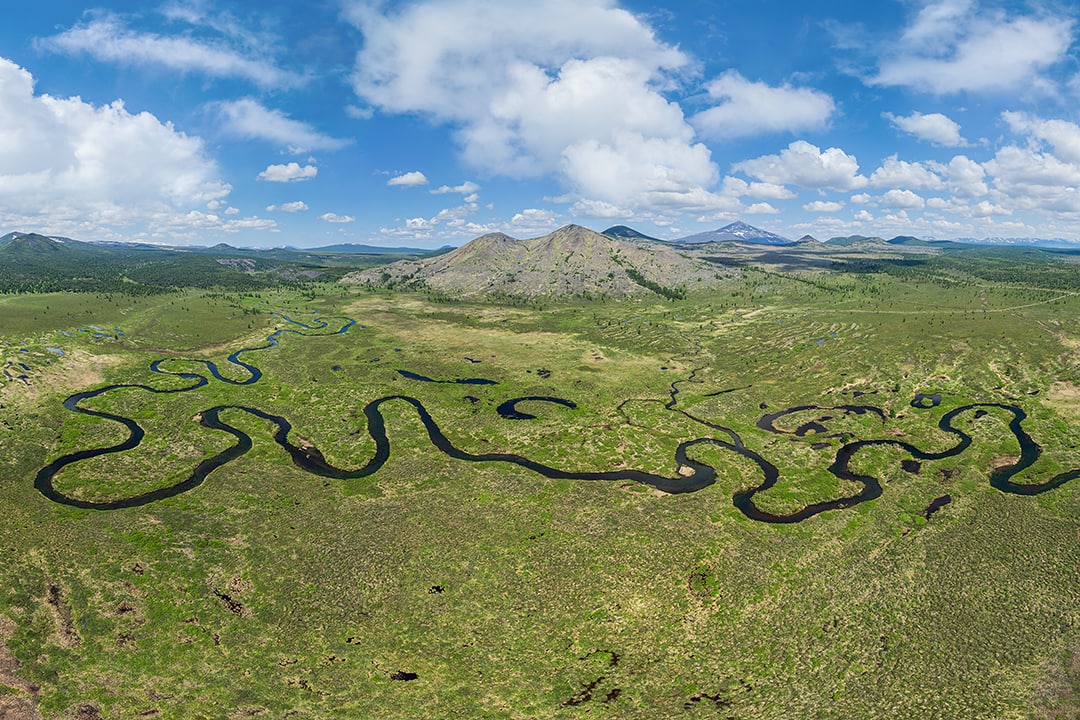

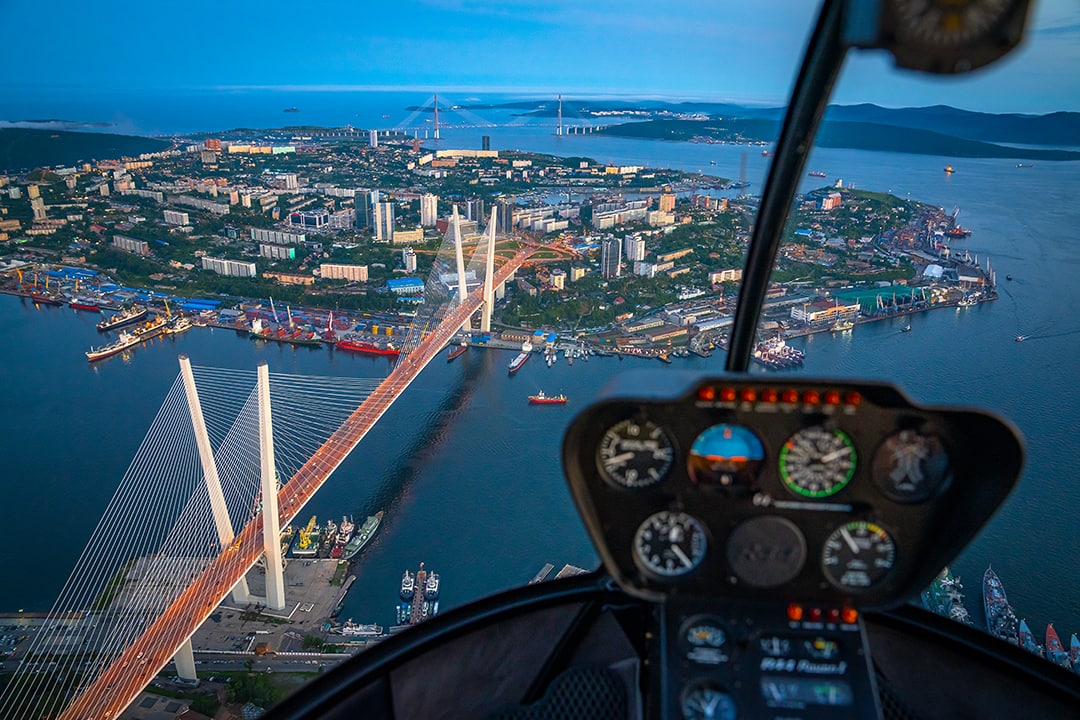
Virtual Travels in 360°
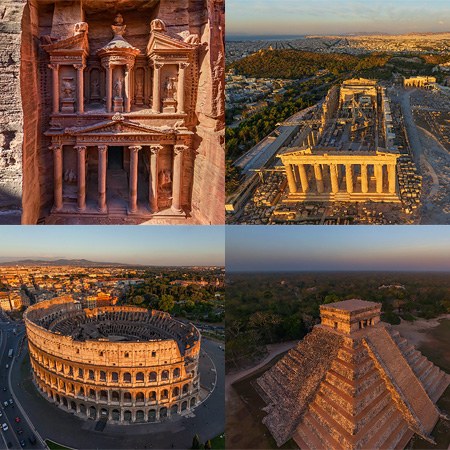 The Ancient World
The Ancient World
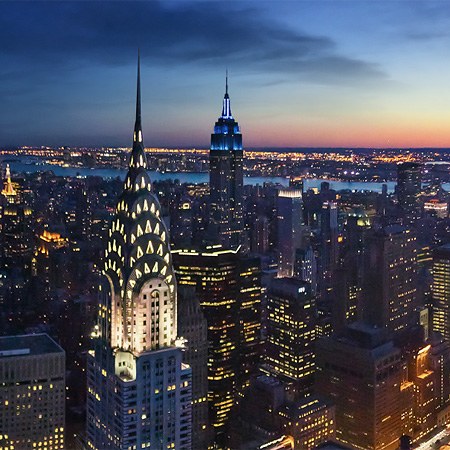 Sunset and Dusk Time View of Manhattan, New York, USA
Sunset and Dusk Time View of Manhattan, New York, USA
 Bryce Canyon in Winter, Utah, USA
Bryce Canyon in Winter, Utah, USA
 Gardens of the Queen, Cuba. Split-panorama
Gardens of the Queen, Cuba. Split-panorama
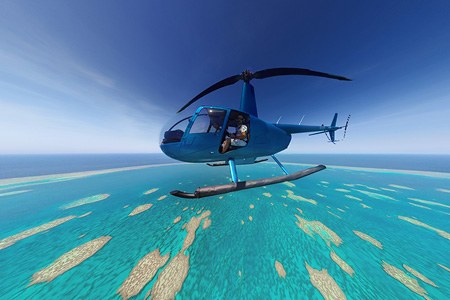 The Great Barrier Reef, Australia. Part I
The Great Barrier Reef, Australia. Part I
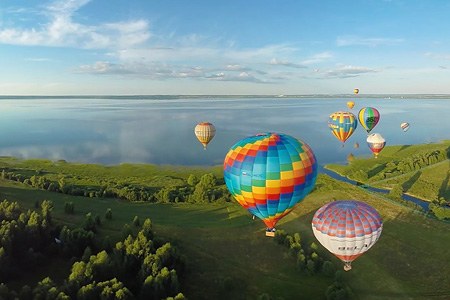 The Golden Ring of Russia Air Balloon festival. Part I
The Golden Ring of Russia Air Balloon festival. Part I
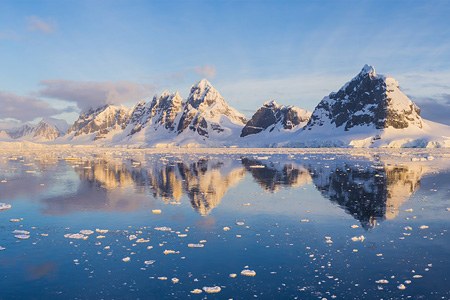 Antarctica, Part I
Antarctica, Part I
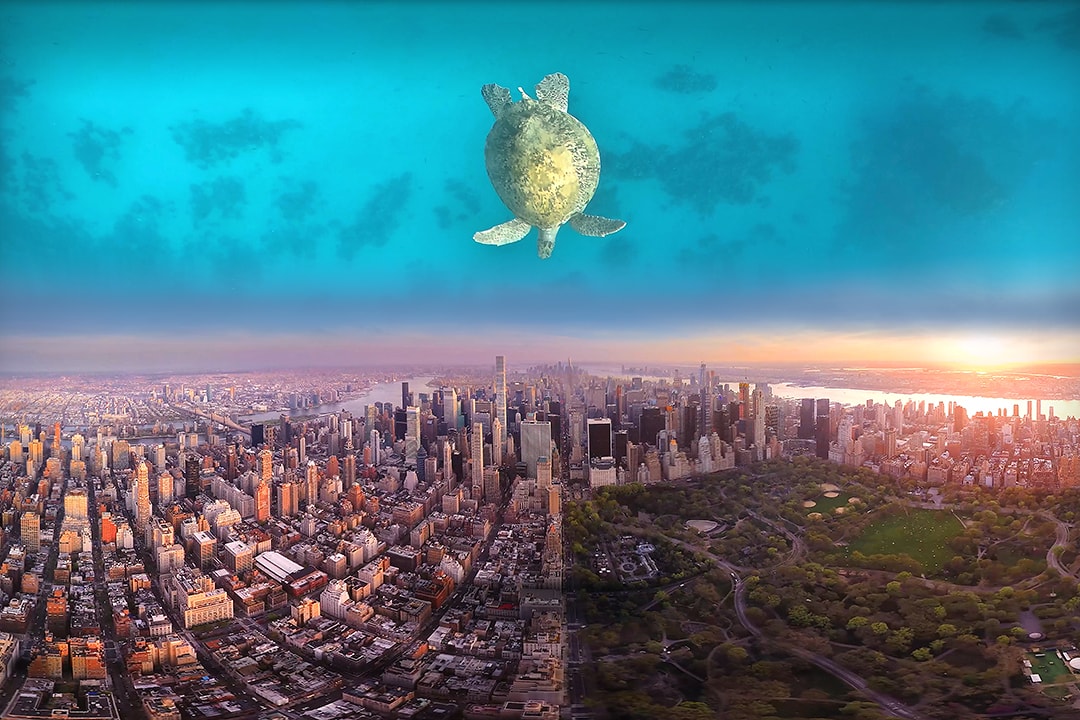 Between the Worlds. Relaxing 360 video
Between the Worlds. Relaxing 360 video
Show more


